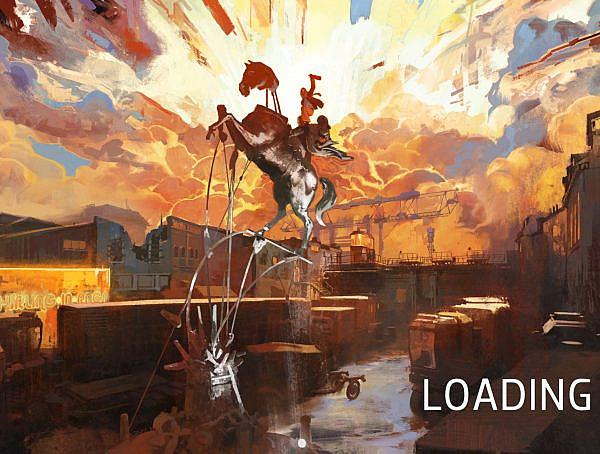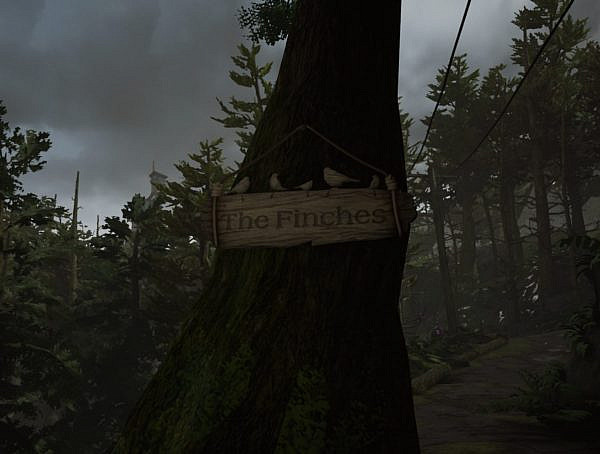When you were a kid, do you remember pretending to be an adventurer, exploring and solving mysteries in cave systems, abandoned mansions, or space stations, all of which bore a strong resemblance to your family’s attic or living room? I remember. A child’s imagination can conjure up many things that are not there, so pretending was fulfilling enough. Still, I dreamed of having an actual witch’s hut or a tomb to raid.
Many years later, I was introduced to escape room games, and the concept immediately sparked that childlike, playful attitude and excitement. And what’s not to like! Playing with friends or family (or both!), you get assigned a role in a story, enter a space cleverly decorated to fit the narrative, and are met with clues to find and challenges to solve to complete the mission given to you.
How much 6-year-old me would have loved to pull the correct book from the bookcase to open a secret door or arrange crystals so that the light reflecting from them focuses on a single spot and reveals a new clue! After having played a couple of dozen escape rooms in several different countries, the childlike enthusiasm has given some room to the more analytical considerations of what makes a great escape room. Many escape rooms suffer from the same problem: when designing the rooms, the designers forgot to ask, “Why is this here?”.
Game design professor Scott Nicholson has written an excellent paper on the subject. He discusses how to make better escape rooms through narrative cohesion and avoid the so-called “escape room logic.” Escape room logic is why many puzzles, props, and tools are there, simply because they’re common in escape rooms. Nothing breaks immersion like a digital clock counting down your playtime in a Victorian-era room or combination lock after combination lock in an ancient tomb. Never mind the game master giving you clues through the walkie-talkie, but how the game master relates to the story is never explained. He is simply “the guy who runs this game.” The more I’ve played escape rooms and experienced some ingenious puzzle mechanics, set building, and creative narrative arcs, the more jarring the difference is when I’m met with… just locks and sudoku.
I wish to see more rooms where the designers have really focused on their narrative and its affordances. I’ll use one of the best rooms I’ve played as an example. The story goes something like this: Humanity needs a new energy source, which has been found and located in the fabled city of Atlantis. Our team’s mission was to fetch this magical source of immense power before the city collapses even deeper into the ocean, making the retrieval impossible. How exciting! There wasn’t a digital clock in the “lost city of Atlantis,” reminding us how much time we had left, and the cameras through which the game master was following our advancement were hidden out of sight. There wasn’t a single padlock to be seen. Instead, there were water elements, old artifacts that were used as weight-based locks, lights were dimmed to set the mood, and sometimes light was used as a puzzle mechanic in imaginative ways. Instead of being locked into a single room, we were advancing in the “tunnel of ruins” of a once-great city, at times separated by “traps” and forced to communicate by yelling through the wall to solve puzzles that would open a path to reunion.
What truly is the magic word to remember when building an extraordinary experience like this according to Nicholson is consistency. There was consistency within the chosen genre, narrative, and characters. When asking, “Why is this [blank] here?” the answer makes sense for the story.
I recognize that not every escape room player is looking similar levels of immersion to the story. Some people are there just to solve puzzles, not to role-play an expedition team or ghost hunters. For many, escape rooms are a novelty activity, and thus the boredom towards lazy narrative consistency never gets to rise. Escape rooms as a concept are still relatively young, first rooms created in the mid to late 2000s, although the records vary.
Nevertheless, as time goes on (and surely, the competition gets tighter) I hope to see more narratively innovative escape room companies and designers that are willing to ditch the dull tropes and let their passion for escape rooms show by creating an experience that makes the player ooh and aah with every puzzle they encounter.
sources and credits:
bibliography:
Nicholson, S. (2016). Ask Why: Creating a Better Player Experience Through Environmental Storytelling and Consistency in Escape Room Design. Paper presented at Meaningful Play 2016, Lansing, Michigan.
Nicholson, S. (2016). The State of Escape: Escape Room Design and Facilities. Paper presented at Meaningful Play 2016. Lansing, Michigan.
header photo: Gold vector created by vectorpouch – www.freepik.com
You might also like
More from Features
The wonderful world of cosplay – TF2 arrives to Desucon Frostbite
A cosplay group showed me how fun cosplaying can be!
Elisa Masters Espoo 2023 was a Blast! – A devoted FURIA fan’s perspective
I went to see my favourite team play live in the final of the recent CS2 event hosted in Finland.
A Frozen Lake Whereupon / Something Fishy Is Going On – A ProPilkki 2 Poem
A northern pastime, where you sit still / Waiting patiently, what a thrill















